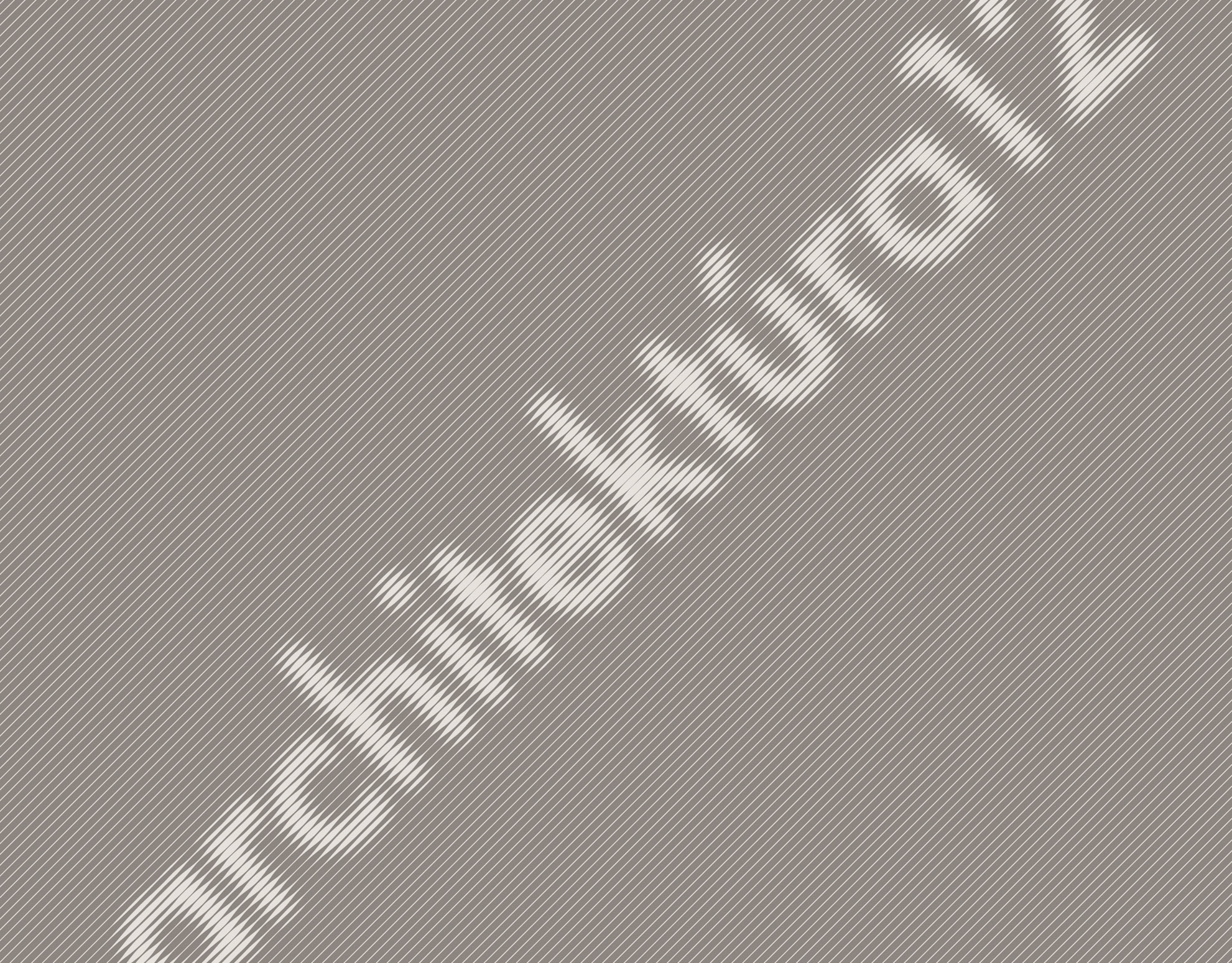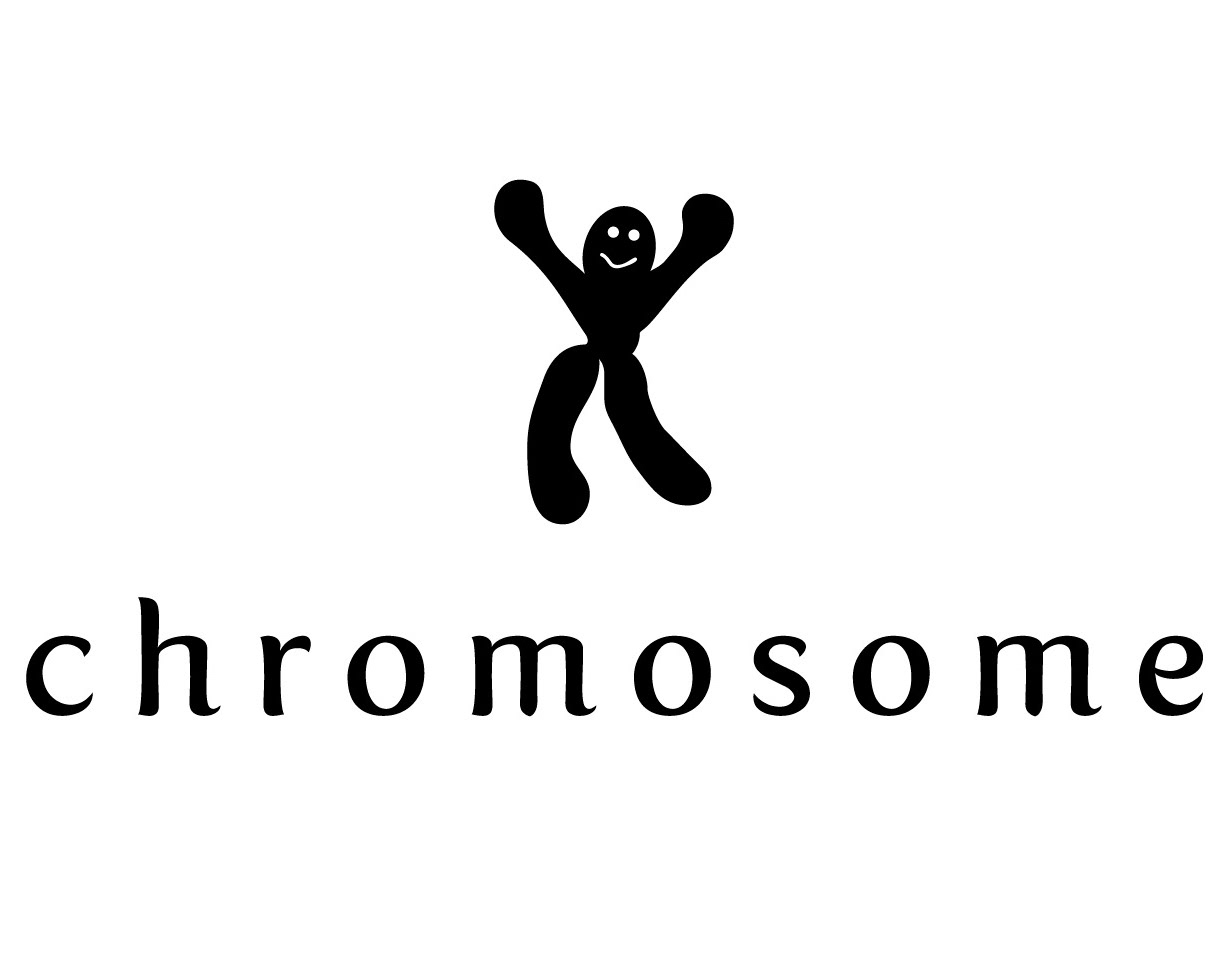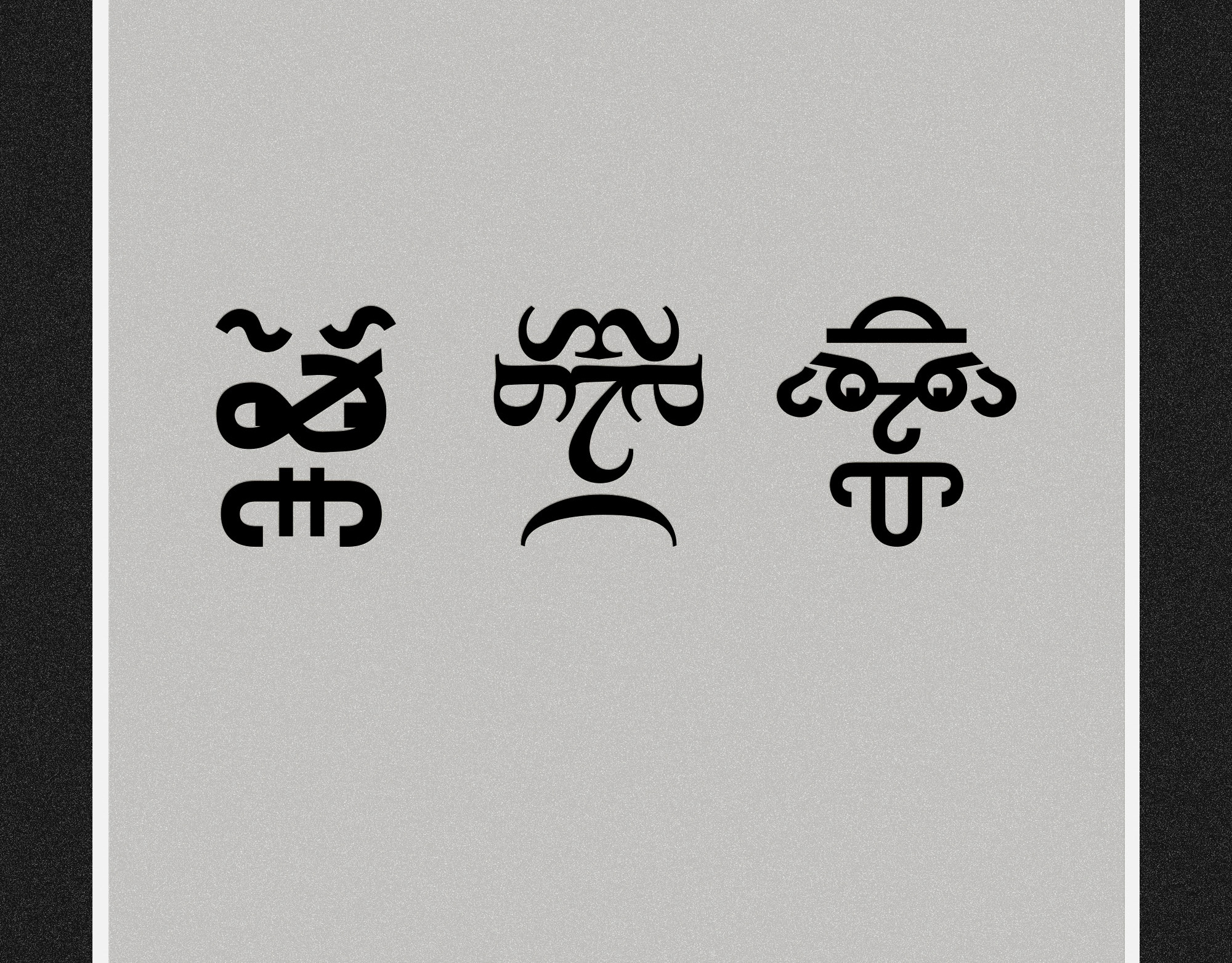![Front cover design of the book: E. T. A. Hoffmann’s “Der Goldene Topf” (The Golden Pot). Part of project “World Literature Book Series” [RJ 0022]: Cover and inlay design for a series of books.](data:image/gif;base64,R0lGODlhAQABAIAAAAAAAP///yH5BAEAAAAALAAAAAABAAEAAAIBRAA7)
Front cover design of the book: E. T. A. Hoffmann’s “Der Goldene Topf” (The Golden Pot). Part of project “World Literature Book Series” [RJ 0022]: Cover and inlay design for a series of books.
![Full cover design of the book: E. T. A. Hoffmann’s “Der Goldene Topf” (The Golden Pot). Part of project “World Literature Book Series” [RJ 0022]: Cover and inlay design for a series of books.](data:image/gif;base64,R0lGODlhAQABAIAAAAAAAP///yH5BAEAAAAALAAAAAABAAEAAAIBRAA7)
Full cover design of the book: E. T. A. Hoffmann’s “Der Goldene Topf” (The Golden Pot). Part of project “World Literature Book Series” [RJ 0022]: Cover and inlay design for a series of books.
![Front cover design of the book: Gabriel García Márquez’s “Cien anos de soledad” (One Hundred Years of Solitude). Part of project “World Literature Book Series” [RJ 0022]: Cover and inlay design for a series of books.](data:image/gif;base64,R0lGODlhAQABAIAAAAAAAP///yH5BAEAAAAALAAAAAABAAEAAAIBRAA7)
Front cover design of the book: Gabriel García Márquez’s “Cien anos de soledad” (One Hundred Years of Solitude). Part of project “World Literature Book Series” [RJ 0022]: Cover and inlay design for a series of books.
![Full cover design of the book: Gabriel García Márquez’s “Cien anos de soledad” (One Hundred Years of Solitude). Part of project “World Literature Book Series” [RJ 0022]: Cover and inlay design for a series of books.](data:image/gif;base64,R0lGODlhAQABAIAAAAAAAP///yH5BAEAAAAALAAAAAABAAEAAAIBRAA7)
Full cover design of the book: Gabriel García Márquez’s “Cien anos de soledad” (One Hundred Years of Solitude). Part of project “World Literature Book Series” [RJ 0022]: Cover and inlay design for a series of books.
![Front cover design of the book: Julio Cortázar’s “Las babas del diablo” (Blow-Up). Part of project “World Literature Book Series” [RJ 0022]: Cover and inlay design for a series of books.](data:image/gif;base64,R0lGODlhAQABAIAAAAAAAP///yH5BAEAAAAALAAAAAABAAEAAAIBRAA7)
Front cover design of the book: Julio Cortázar’s “Las babas del diablo” (Blow-Up). Part of project “World Literature Book Series” [RJ 0022]: Cover and inlay design for a series of books.
![Full cover design of the book: Julio Cortázar’s “Las babas del diablo” (Blow-Up). Part of project “World Literature Book Series” [RJ 0022]: Cover and inlay design for a series of books.](data:image/gif;base64,R0lGODlhAQABAIAAAAAAAP///yH5BAEAAAAALAAAAAABAAEAAAIBRAA7)
Full cover design of the book: Julio Cortázar’s “Las babas del diablo” (Blow-Up). Part of project “World Literature Book Series” [RJ 0022]: Cover and inlay design for a series of books.
![Front cover design of the book: Lyudmila Ulitskaya’s “Даниэль Штайн, переводчик” (Daniel Stein, Translator). Part of project “World Literature Book Series” [RJ 0022]: Cover and inlay design for a series of books.](data:image/gif;base64,R0lGODlhAQABAIAAAAAAAP///yH5BAEAAAAALAAAAAABAAEAAAIBRAA7)
Front cover design of the book: Lyudmila Ulitskaya’s “Даниэль Штайн, переводчик” (Daniel Stein, Translator). Part of project “World Literature Book Series” [RJ 0022]: Cover and inlay design for a series of books.
![Full cover design of the book: Lyudmila Ulitskaya’s “Даниэль Штайн, переводчик” (Daniel Stein, Translator). Part of project “World Literature Book Series” [RJ 0022]: Cover and inlay design for a series of books.](data:image/gif;base64,R0lGODlhAQABAIAAAAAAAP///yH5BAEAAAAALAAAAAABAAEAAAIBRAA7)
Full cover design of the book: Lyudmila Ulitskaya’s “Даниэль Штайн, переводчик” (Daniel Stein, Translator). Part of project “World Literature Book Series” [RJ 0022]: Cover and inlay design for a series of books.
![Front cover design of the book: Milan Kundera’s “Žert” (The Joke). Part of project “World Literature Book Series” [RJ 0022]: Cover and inlay design for a series of books.](data:image/gif;base64,R0lGODlhAQABAIAAAAAAAP///yH5BAEAAAAALAAAAAABAAEAAAIBRAA7)
Front cover design of the book: Milan Kundera’s “Žert” (The Joke). Part of project “World Literature Book Series” [RJ 0022]: Cover and inlay design for a series of books.
![Full cover design of the book: Milan Kundera’s “Žert” (The Joke). Part of project “World Literature Book Series” [RJ 0022]: Cover and inlay design for a series of books.](data:image/gif;base64,R0lGODlhAQABAIAAAAAAAP///yH5BAEAAAAALAAAAAABAAEAAAIBRAA7)
Full cover design of the book: Milan Kundera’s “Žert” (The Joke). Part of project “World Literature Book Series” [RJ 0022]: Cover and inlay design for a series of books.
![This is how the books look like beside each other on the shelf. Part of project “World Literature Book Series” [RJ 0022]: Cover and inlay design for a series of books.](data:image/gif;base64,R0lGODlhAQABAIAAAAAAAP///yH5BAEAAAAALAAAAAABAAEAAAIBRAA7)
This is how the books look like beside each other on the shelf. Part of project “World Literature Book Series” [RJ 0022]: Cover and inlay design for a series of books.
![Sample spread of pages from The Golden Pot: Edition notice on front matter and the beginning of Section 1 on body matter. Part of project “World Literature Book Series” [RJ 0022]: Cover and inlay design for a series of books.](data:image/gif;base64,R0lGODlhAQABAIAAAAAAAP///yH5BAEAAAAALAAAAAABAAEAAAIBRAA7)
Sample spread of pages from The Golden Pot: Edition notice on front matter and the beginning of Section 1 on body matter. Part of project “World Literature Book Series” [RJ 0022]: Cover and inlay design for a series of books.
![Sample spread of pages from The Golden Pot: Beginning of Section 2 on body matter. Part of project “World Literature Book Series” [RJ 0022]: Cover and inlay design for a series of books.](data:image/gif;base64,R0lGODlhAQABAIAAAAAAAP///yH5BAEAAAAALAAAAAABAAEAAAIBRAA7)
Sample spread of pages from The Golden Pot: Beginning of Section 2 on body matter. Part of project “World Literature Book Series” [RJ 0022]: Cover and inlay design for a series of books.
![Sample spread of pages from The Golden Pot: Pages from Section 2 on body matter. Part of project “World Literature Book Series” [RJ 0022]: Cover and inlay design for a series of books.](data:image/gif;base64,R0lGODlhAQABAIAAAAAAAP///yH5BAEAAAAALAAAAAABAAEAAAIBRAA7)
Sample spread of pages from The Golden Pot: Pages from Section 2 on body matter. Part of project “World Literature Book Series” [RJ 0022]: Cover and inlay design for a series of books.
![Sample spread of pages from The Golden Pot: Colophon on back matter. Part of project “World Literature Book Series” [RJ 0022]: Cover and inlay design for a series of books.](data:image/gif;base64,R0lGODlhAQABAIAAAAAAAP///yH5BAEAAAAALAAAAAABAAEAAAIBRAA7)
Sample spread of pages from The Golden Pot: Colophon on back matter. Part of project “World Literature Book Series” [RJ 0022]: Cover and inlay design for a series of books.
![Front cover design of the book: E. T. A. Hoffmann’s “Der Goldene Topf” (The Golden Pot). Part of project “World Literature Book Series” [RJ 0022]: Cover and inlay design for a series of books.](https://cdn.myportfolio.com/e510cb4ab3282c2ee88bb5e070952caf/2d11585e-6993-4d12-acd0-7db56c73f194_rw_1920.jpg?h=9695467b1f2f4ddd8ed88864b2fc0790)
![Full cover design of the book: E. T. A. Hoffmann’s “Der Goldene Topf” (The Golden Pot). Part of project “World Literature Book Series” [RJ 0022]: Cover and inlay design for a series of books.](https://cdn.myportfolio.com/e510cb4ab3282c2ee88bb5e070952caf/077decf1-f29d-4571-a26b-d77fccaf4666_rw_1920.jpg?h=ecd22311f27384eb73571980f1e715b0)
![Front cover design of the book: Gabriel García Márquez’s “Cien anos de soledad” (One Hundred Years of Solitude). Part of project “World Literature Book Series” [RJ 0022]: Cover and inlay design for a series of books.](https://cdn.myportfolio.com/e510cb4ab3282c2ee88bb5e070952caf/a6aa15bd-6d4c-4867-9835-4e10802807a8_rw_1920.jpg?h=82b378d009dcb880000be19d6285567a)
![Full cover design of the book: Gabriel García Márquez’s “Cien anos de soledad” (One Hundred Years of Solitude). Part of project “World Literature Book Series” [RJ 0022]: Cover and inlay design for a series of books.](https://cdn.myportfolio.com/e510cb4ab3282c2ee88bb5e070952caf/8d9ce419-9dd0-4d92-bed2-68aba81bb2e3_rw_1920.jpg?h=600eb3042cc3cfafcfba915bff03f075)
![Front cover design of the book: Julio Cortázar’s “Las babas del diablo” (Blow-Up). Part of project “World Literature Book Series” [RJ 0022]: Cover and inlay design for a series of books.](https://cdn.myportfolio.com/e510cb4ab3282c2ee88bb5e070952caf/d93d33c1-efff-458c-a8f8-8f7b689c7e99_rw_1920.jpg?h=b81dcc37a7a6652441a8c523300d6d31)
![Full cover design of the book: Julio Cortázar’s “Las babas del diablo” (Blow-Up). Part of project “World Literature Book Series” [RJ 0022]: Cover and inlay design for a series of books.](https://cdn.myportfolio.com/e510cb4ab3282c2ee88bb5e070952caf/70721e1a-52de-4c4f-b5d2-1caa5b8225d8_rw_1920.jpg?h=2efe6ce6b02e23cc998522a35bb13451)
![Front cover design of the book: Lyudmila Ulitskaya’s “Даниэль Штайн, переводчик” (Daniel Stein, Translator). Part of project “World Literature Book Series” [RJ 0022]: Cover and inlay design for a series of books.](https://cdn.myportfolio.com/e510cb4ab3282c2ee88bb5e070952caf/d7b2fabf-6276-4538-8c3e-9aaadb034d9d_rw_1920.jpg?h=2369f9c993fc9b55bfac7ebe80eb4c13)
![Full cover design of the book: Lyudmila Ulitskaya’s “Даниэль Штайн, переводчик” (Daniel Stein, Translator). Part of project “World Literature Book Series” [RJ 0022]: Cover and inlay design for a series of books.](https://cdn.myportfolio.com/e510cb4ab3282c2ee88bb5e070952caf/af0bbad5-2288-4d3b-a1f7-d46c0aaa29ab_rw_1920.jpg?h=4bd9643a326209dd18ad04f26a3e77f9)
![Front cover design of the book: Milan Kundera’s “Žert” (The Joke). Part of project “World Literature Book Series” [RJ 0022]: Cover and inlay design for a series of books.](https://cdn.myportfolio.com/e510cb4ab3282c2ee88bb5e070952caf/4eb22b10-95ef-41ad-b794-c53157f4635c_rw_1920.jpg?h=740b65f1675c5c3050b918a7ae0b4bfe)
![Full cover design of the book: Milan Kundera’s “Žert” (The Joke). Part of project “World Literature Book Series” [RJ 0022]: Cover and inlay design for a series of books.](https://cdn.myportfolio.com/e510cb4ab3282c2ee88bb5e070952caf/a9a4295b-161c-4d88-bfba-967bdcdea920_rw_1920.jpg?h=655fbc20a201db4e669d02a4163e93c2)
![This is how the books look like beside each other on the shelf. Part of project “World Literature Book Series” [RJ 0022]: Cover and inlay design for a series of books.](https://cdn.myportfolio.com/e510cb4ab3282c2ee88bb5e070952caf/5d387db2-3ead-4796-a6c2-3dafd8761ae2_rw_1920.jpg?h=1a55d2175b570e1048522fbda6e602cf)
![Sample spread of pages from The Golden Pot: Edition notice on front matter and the beginning of Section 1 on body matter. Part of project “World Literature Book Series” [RJ 0022]: Cover and inlay design for a series of books.](https://cdn.myportfolio.com/e510cb4ab3282c2ee88bb5e070952caf/63fdaff2-a2b1-4660-9181-92d0c68cd75e_rw_1920.jpg?h=594b176133000d3e3ff1aca3bf45c31e)
![Sample spread of pages from The Golden Pot: Beginning of Section 2 on body matter. Part of project “World Literature Book Series” [RJ 0022]: Cover and inlay design for a series of books.](https://cdn.myportfolio.com/e510cb4ab3282c2ee88bb5e070952caf/dc5d5ea4-d187-4a8f-a79f-14f497cd96d2_rw_1920.jpg?h=6fea3bf69df940d903439750acc8e403)
![Sample spread of pages from The Golden Pot: Pages from Section 2 on body matter. Part of project “World Literature Book Series” [RJ 0022]: Cover and inlay design for a series of books.](https://cdn.myportfolio.com/e510cb4ab3282c2ee88bb5e070952caf/0d9a7ab9-4fca-4e0f-b95d-ba48b30ee05b_rw_1920.jpg?h=f9d38123a16bdf87180df45d1ca0e035)
![Sample spread of pages from The Golden Pot: Colophon on back matter. Part of project “World Literature Book Series” [RJ 0022]: Cover and inlay design for a series of books.](https://cdn.myportfolio.com/e510cb4ab3282c2ee88bb5e070952caf/37cb6e8a-aa92-4d7e-86f4-512224acd7b3_rw_1920.jpg?h=2a2fbabaca05893b95c0c9fb64c90352)










